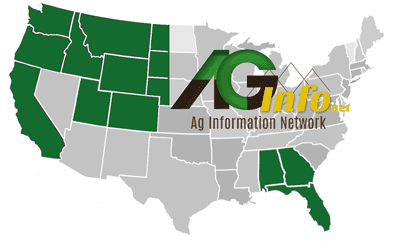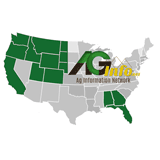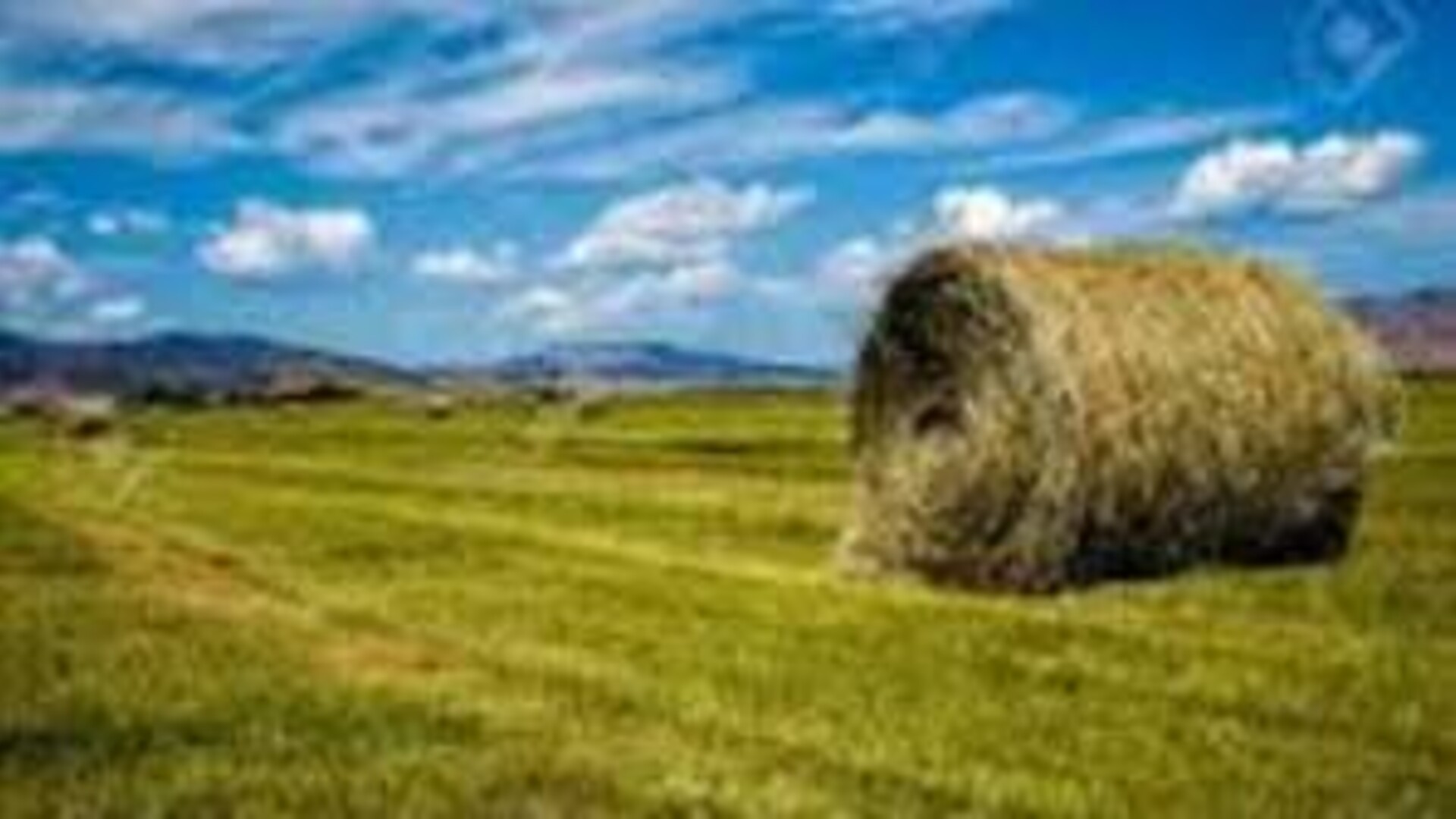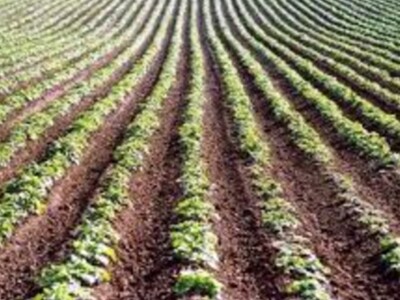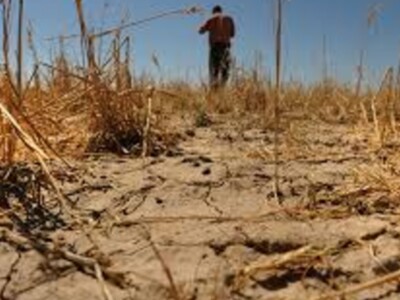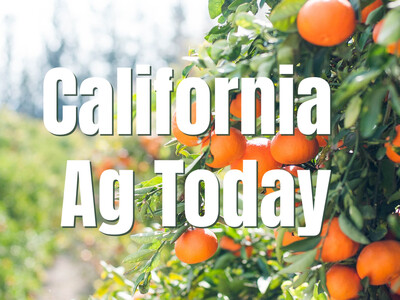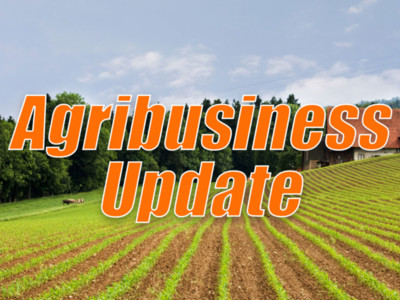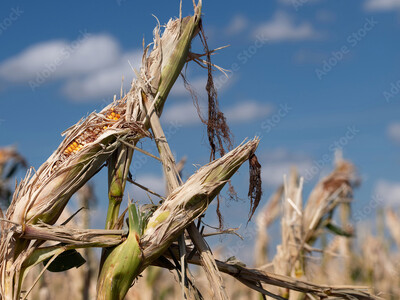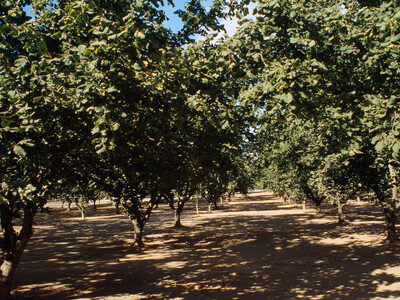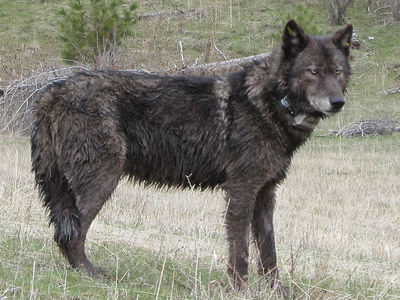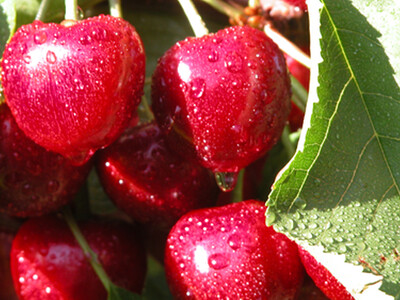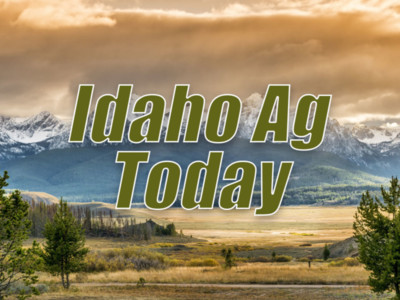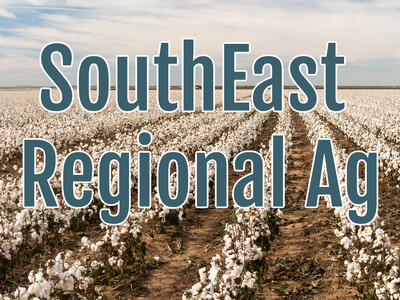Colorado Hay Report
Colorado Hay ReportHeath Dewey has the latest Colorado Hay Report. Heath reports from the Greeley USDA, Livestock Poultry, and Grain Market News Office.
Heath says trade activity was light on good demand for stable hay in Southeast and Northeast Colorado. Trade inactive on all other hay markets.
Northeast
Hay (Conventional) Orchard Grass - Premium (Trade/Per Bale) Qty Price Range Wtd Avg Freight/Use Description Crop Age Small Square 500 10.00 10.00 F.O.B.-Stables 1st Cutting Old Crop Timothy Grass - Premium (Trade/Per Bale) Qty Price Range Wtd Avg Freight/Use Description Crop Age Small Square 50 10.75 10.75 F.O.B.-Stables 3rd Cutting Old Crop
Southeast
Hay (Conventional) Alfalfa - Premium (Trade/Per Bale) Qty Price Range Wtd Avg Freight/Use Description Crop Age Small Square 675 8.50 8.50 F.O.B.-Stables Old Crop Alfalfa - Good/Premium (Trade/Per Ton) Qty Price Range Wtd Avg Freight/Use Description Crop Age Large Square 3x4 25 220.00 220.00 F.O.B.-Stables New Crop
Winter wheat production in Colorado, based on conditions as of May 1, 2021, is forecast at 57.80 million bushels, according to the May 1 Agricultural Yield Survey conducted by the Mountain Regional Field Office of the National Agricultural Statistics Service, USDA. This forecast is 41 percent above last year’s production of 41.04 million bushels but 41 percent below the 98.00 million bushel crop produced two years ago. Acreage for harvest, forecast at 1.70 million acres, is 180,000 acres more than a year ago. The average yield is forecast at 34.0 bushels per acre, up 7.0 bushels per acre from last year’s yield. The final yield will largely be determined by the combination of moisture and temperature conditions during May and June. As of May 2, Colorado’s winter wheat crop condition was rated 14 percent very poor, 17 percent poor, 37 percent fair, 28 percent good, and 4 percent excellent, compared with 16 percent very poor, 18 percent poor, 28 percent fair, 35 percent good, and 3 percent excellent last year. Hay stocks on Colorado farms and ranches as of May 1, 2021, totaled 230,000 tons, down 44 percent from stocks of 410,000 tons on hand last year, and the lowest Colorado May 1 hay stocks since 230,000 tons in 2012. Hay production for 2020 was 3.30 million tons, 19 percent lower than 2019 production. Disappearance from December 1, 2020, to May 1, 2021, was 1.47 million tons, compared with 1.59 million tons the same period a year earlier.
